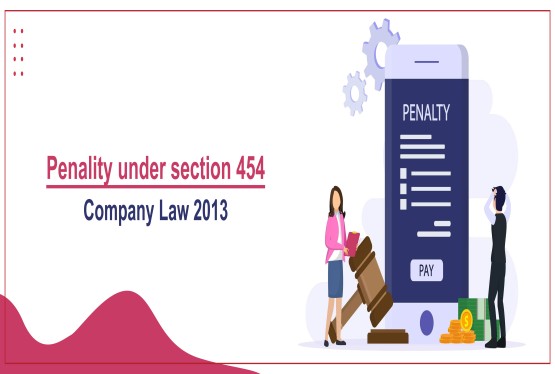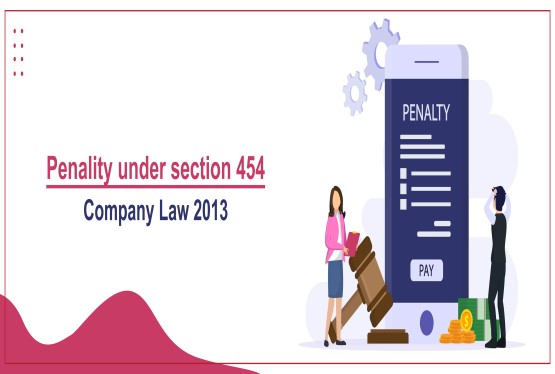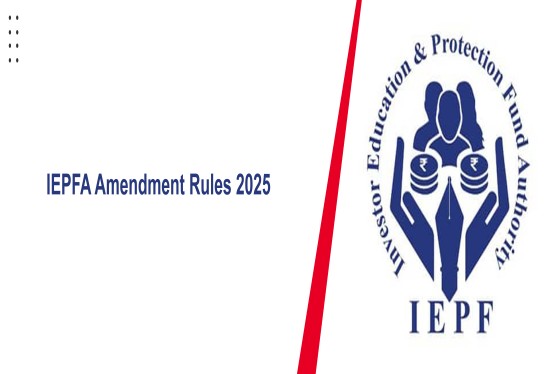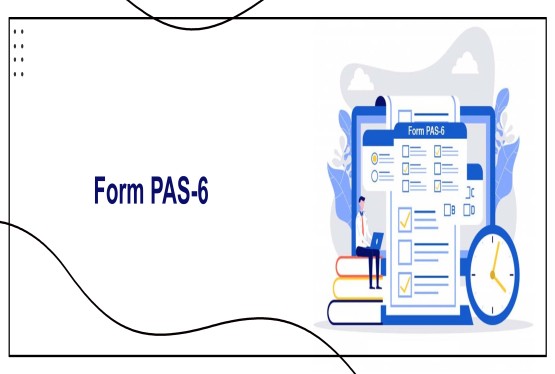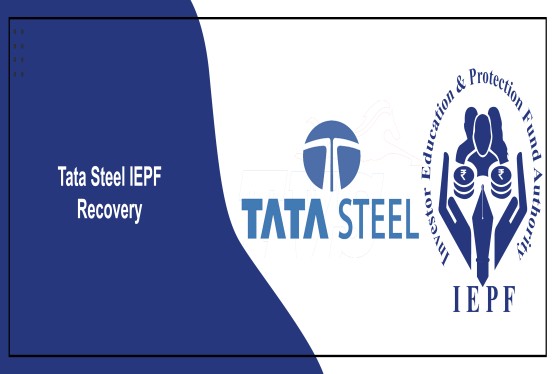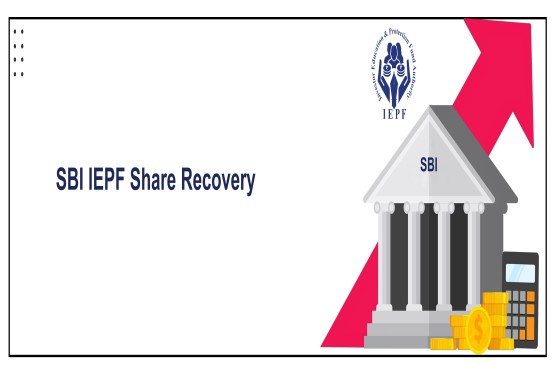Closing a company in India involves a detailed legal procedure, governed by Section 248 of the Companies Act, 2013. The procedure is known as "Striking Off" and allows a defunct or non-operational company to legally remove its name from the Register of Companies.
This below given table presents the timeline, forms involved, statutory provisions, and the purpose of each form used in the process.
|
Timeline (Approx) |
Form No. |
Provision |
Content Description |
|
Initiation by ROC |
Section 248(1) & Rule 3 |
Notice by the Registrar for removal of the name of a company. It highlights reasons like failure to commence business within a year, non-operational for two preceding years, or default under Section 10A or Section 12(9). |
|
|
Voluntary Application |
Section 248(2) |
Application by company for strike off on suo-motu basis. To be filed with required attachments like affidavits, indemnity bond, and statement of accounts. |
|
|
With STK-2 |
STK-3 |
Rule 4(3)(i) |
Indemnity Bond by every director individually or collectively affirming responsibility for future claims. Must be notarized on stamp paper. |
|
With STK-2 |
STK-4 |
Rule 4(3)(iii) |
Affidavit by each director confirming no assets, liabilities, dues or pending litigations, and compliance with Section 249 disqualifications. |
|
Post Verification by ROC |
STK-5 |
Section 248(1) & (4) & Rule 7 |
Public notice by ROC listing companies proposed to be struck off. Allows public objection within 30 days. |
|
Post Company Application |
STK-6 |
Section 248(2) & (4) & Rule 7 |
Public notice for voluntary strike off based on applications received from companies. Invites objections from the public. |
|
Final Strike Off |
STK-7 |
Section 248(5) & Rule 9 |
Official notice of striking off and dissolution of the company. List attached as Annexure A. |
|
With STK-2 |
STK-8 |
Rule 4(3)(ii) |
Statement of Accounts showing NIL assets and liabilities as on date not older than 30 days before application. Must be certified by a practicing Chartered Accountant. |
Detailed Overview
Form STK-1: Registrar's Notice for Strike-Off
This form is issued by the Registrar of Companies (ROC) when it initiates the removal of a company on one of the following grounds:
-
Failure to commence business within 1 year of incorporation
-
Non-operation for 2 consecutive financial years without applying for dormant status
-
Non-payment of subscription amount by subscribers within 180 days (Section 10A)
-
Negative report after physical verification under Section 12(9)
The company/directors are given 30 days to respond with objections or supporting documents.
Form STK-2: Voluntary Application for Strike-Off
Companies may voluntarily file for strike-off if:
-
They have no ongoing business operations
-
They are not subject to any investigation or legal proceedings
-
They comply with all prerequisites of Section 249
STK-2 must be filed along with:
-
STK-3 (Indemnity Bond)
-
STK-4 (Affidavit)
-
STK-8 (Statement of Accounts)
-
Special Resolution (if any) and Board Resolution
Learn more about STK-2 Form for striking off of companys name.
Form STK-3: Indemnity Bond
Each director must execute this bond on stamp paper, indemnifying stakeholders and regulatory bodies against future claims, losses or liabilities arising post strike-off.
Form STK-4: Affidavit by Directors
This affidavit confirms that:
-
The company has no assets, liabilities or dues
-
There are no pending legal or regulatory actions
-
No bar under Section 249 exists for filing strike-off
It is executed individually by each director and must be notarized.
Form STK-5: Public Notice by ROC (Suo-motu cases)
This is issued by ROC when it initiates strike-off under Section 248(1). It lists companies proposed to be struck off and gives 30 days for public objection.
Form STK-6: Public Notice for Voluntary Strike-Off
Issued when a company files STK-2. It declares the grounds cited and invites public objections within 30 days.
Form STK-7: Notice of Striking Off and Dissolution
Once no objection is received and ROC is satisfied, it issues this final notice, declaring the company dissolved and its name struck off the register.
Form STK-8: Statement of Accounts
This certified financial statement must:
-
Be up to date (not older than 30 days from STK-2 filing)
-
Show NIL assets and liabilities
-
Be certified by a Chartered Accountant
What is to be taken care of before company closure ?
-
No Digital Signatures (DSC) of directors are required to file STK-2.
-
Now it is not mandatory for the Director Identification Number (DIN) of all directors to be active.
-
The process typically takes 3–6 months from application to final strike-off.
-
Strike-off is not allowed if:
-
There are ongoing prosecutions or investigations
-
Company is a Section 8 entity
-
Annual filings are pending if having sale (except for the year of last operation)
Once struck off, the company ceases to exist as a legal entity, though liabilities of directors may continue if claims arise post-dissolution.
Therefore, Striking off a company is a structured process requiring strict adherence to compliance under Section 248 and accompanying rules. Proper filing of STK forms, accurate disclosures, and transparent intent to dissolve the company are vital to ensure smooth closure and avoid regulatory complications later.
For professional assistance or filing support, businesses may consult legal and compliance experts familiar with MCA procedures and ROC practices.











































































_crop10_thumb.jpg)


































































_crop10_thumb.jpg)
_crop10_thumb.jpg)



_crop10_thumb.jpg)


_crop10_thumb.jpg)





_crop10_thumb.jpg)

_crop10_thumb.jpg)














-suratgujarat-section-158_crop10_thumb.jpg)
-suratgujarat_crop10_thumb.jpg)
-(33)_crop10_thumb.jpg)



-ahmedabad_crop10_thumb.jpg)
-learn_crop10_thumb.jpg)

-learnn_crop10_thumb.jpg)



























































_crop10_thumb.jpg)























_Guidelines_learn_crop10_thumb.jpg)























_learn_crop10_thumb.jpg)
_crop10_thumb.jpeg)










_crop10_thumb.jpg)




_Second_Amendment_Rules,_2025_learn_crop10_thumb.jpg)







_learn_crop10_thumb.jpg)






















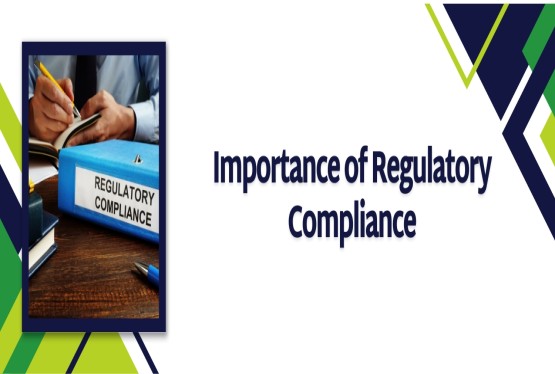








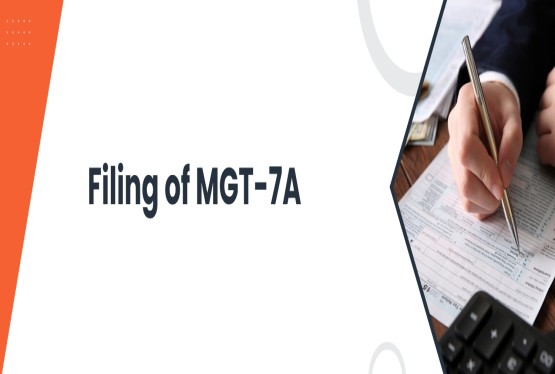
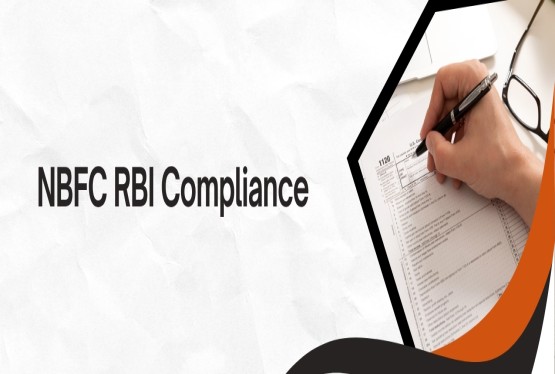











_learn_crop10_thumb.jpeg)




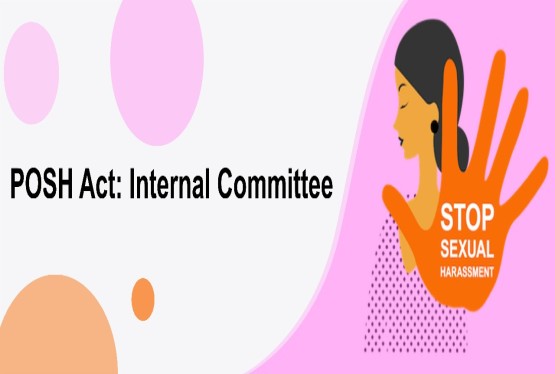




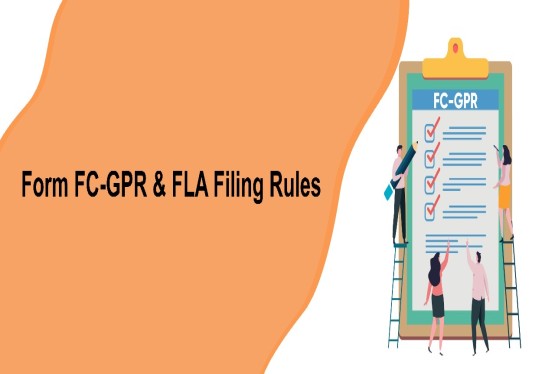

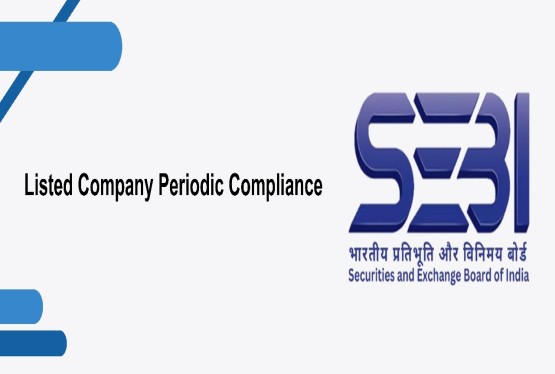

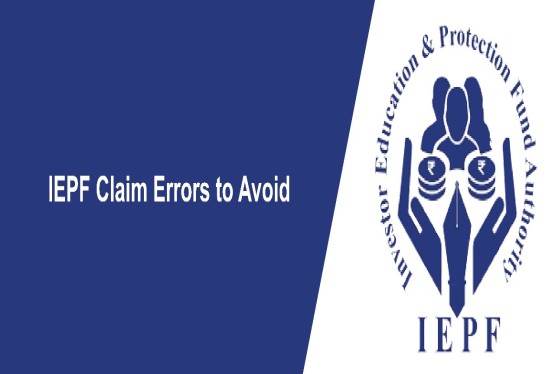


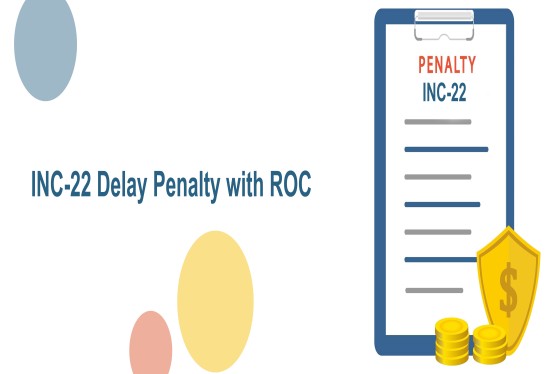


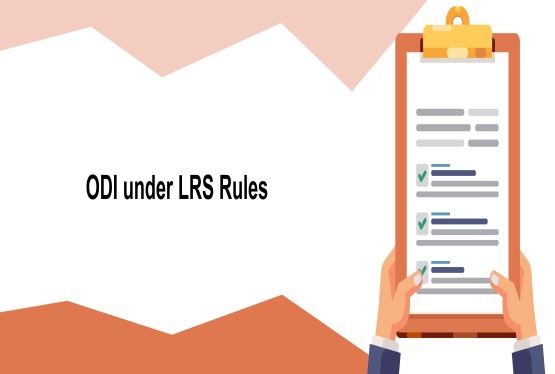



_learn_crop10_thumb.jpg)


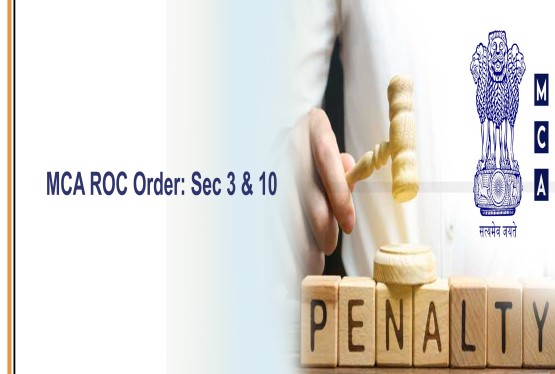
_rd_roc_learn_crop10_thumb.jpg)
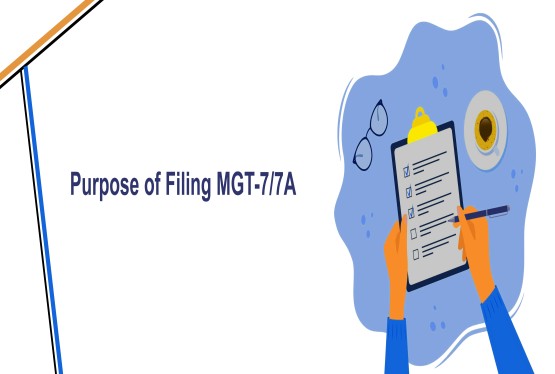



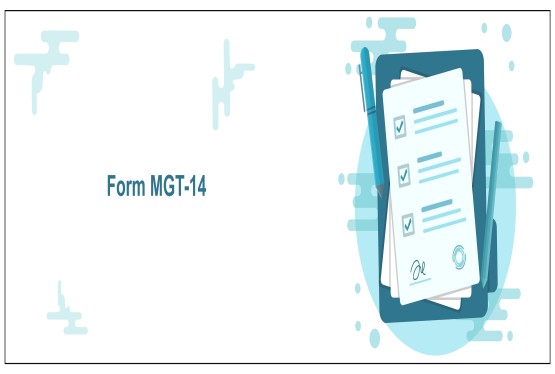

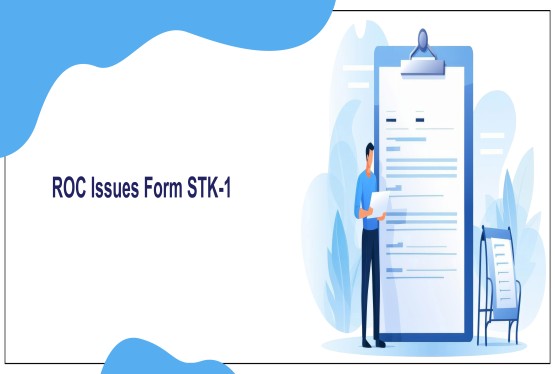









_learn_crop10_thumb.jpg)

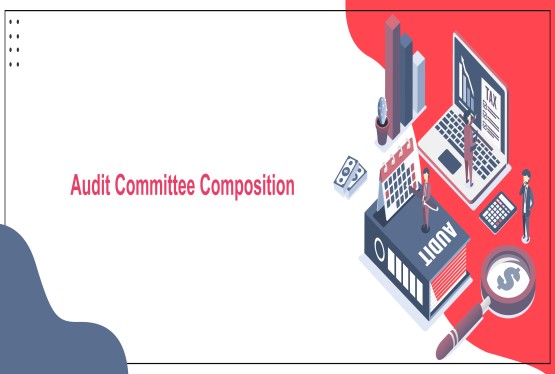
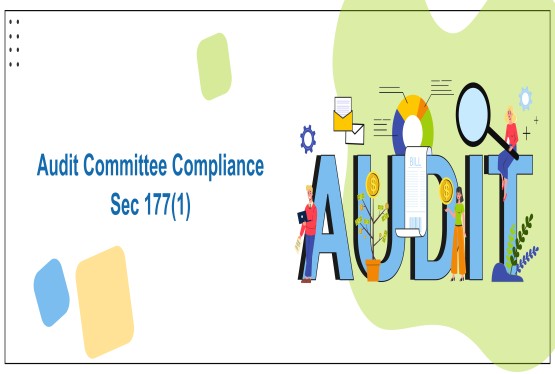


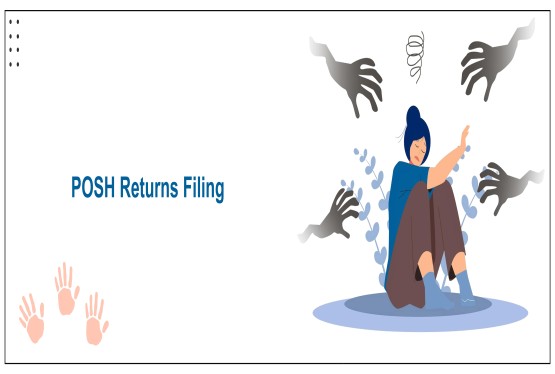
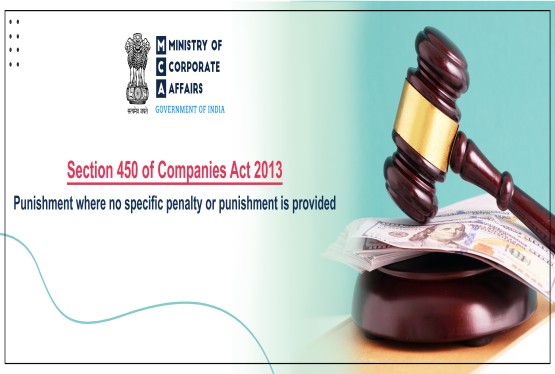

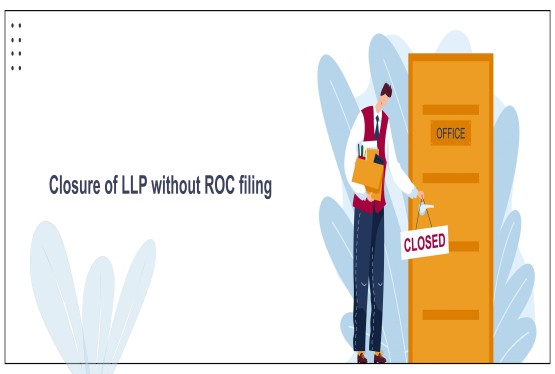


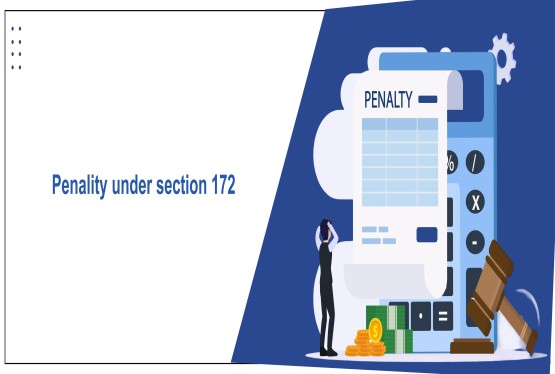
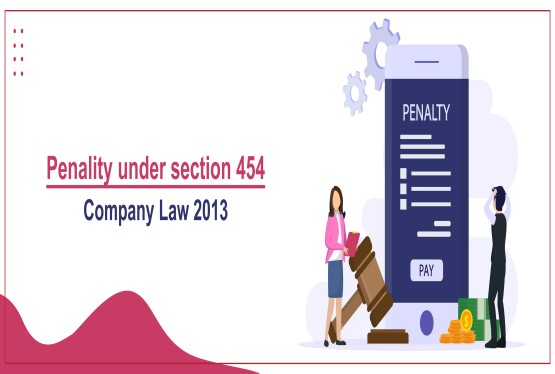
_learn_crop10_thumb.jpg)
_Learn_crop10_thumb.jpg)
